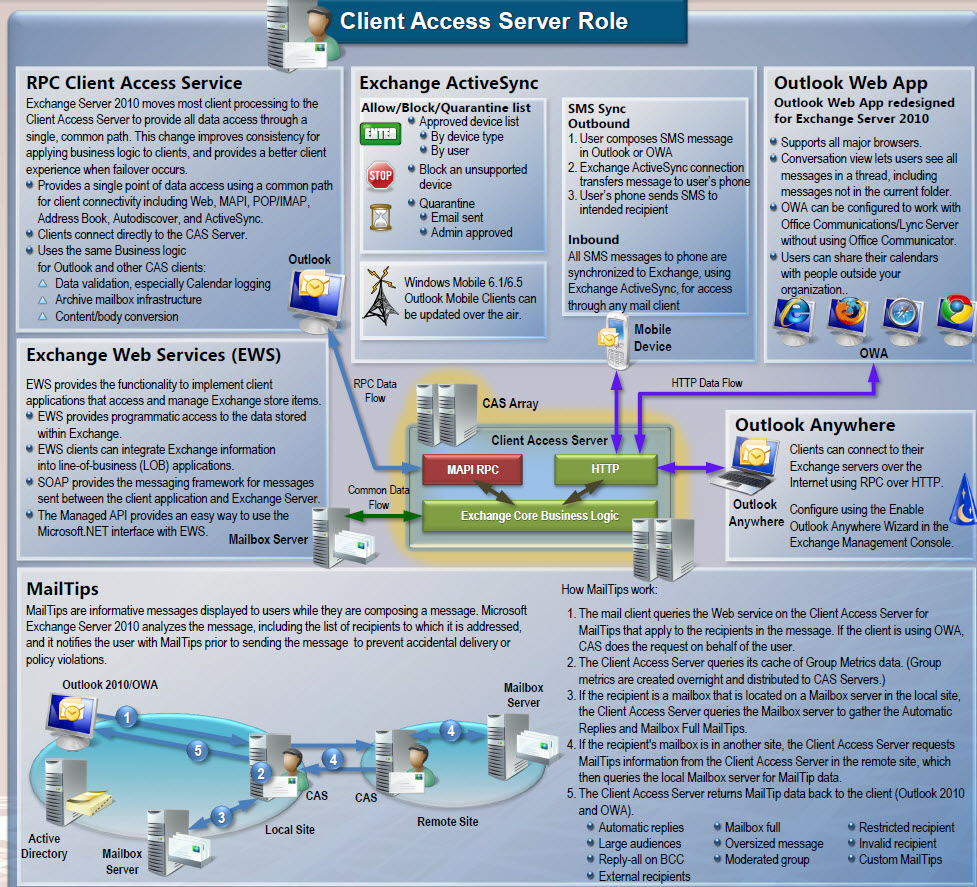

- EXCHANGE 2010 ROLES HOW TO
- EXCHANGE 2010 ROLES INSTALL
- EXCHANGE 2010 ROLES UPDATE
- EXCHANGE 2010 ROLES UPGRADE
To view the mailbox databases and respective OABs, run: Get-MailboxDatabase | Format-Table Name, Server, OfflineAddressBook -Auto.In the Exchange Management Shell, run: Get-OfflineAddressBook It retrieves a list of Offline Address Books.

This can be done using Exchange Management Shell as: If you don’t assign default OAB, the mailboxes will start downloading and using Exchange 2016 OAB, causing the migration process to slow down. This is an important step, and the failure to configure the default OAB will lead to a significant loss of migration speed. We have discussed the steps for this in the coming parts of this series.
EXCHANGE 2010 ROLES HOW TO
How to get Organization Management permissions? So, with these permissions, you can complete the entire Exchange Server deployment, configuration, and migration quite successfully. Also, you can migrate mailboxes and public folders using this permission And with Organization Management permission, you can configure disjoint namespace, mail flow, accepted domains, email address policies, external URLs, certificates, and Unified Messaging.To configure disjoint namespace, you need Local/Domain Administrator permissions.To perform migration-related actions, you need to have enough permissions for the account you are using:
EXCHANGE 2010 ROLES INSTALL
To install additional Mailbox servers, you need Organization Management permissions.To install the Exchange 2016 Mailbox Server role, you should have Local Administrator, Enterprise Administrator, or Schema Administrator permissions.
EXCHANGE 2010 ROLES UPDATE

EXCHANGE 2010 ROLES UPGRADE
Helps you prepare your Exchange 2010 environment for Exchange 2016 upgrade Exchange 2010 to Exchange 2016 Migration – Part 1.In this series, we will discuss the following steps of migration briefly: We discuss this upgrade in the context of a small organization where a simple installation is fine. Our aim here is to help small organizations to upgrade their Exchange infrastructure from Exchange 2010 to Exchange 2016 without any hassles. How to perform Exchange 2010 to Exchange 2016 upgrade?


 0 kommentar(er)
0 kommentar(er)
